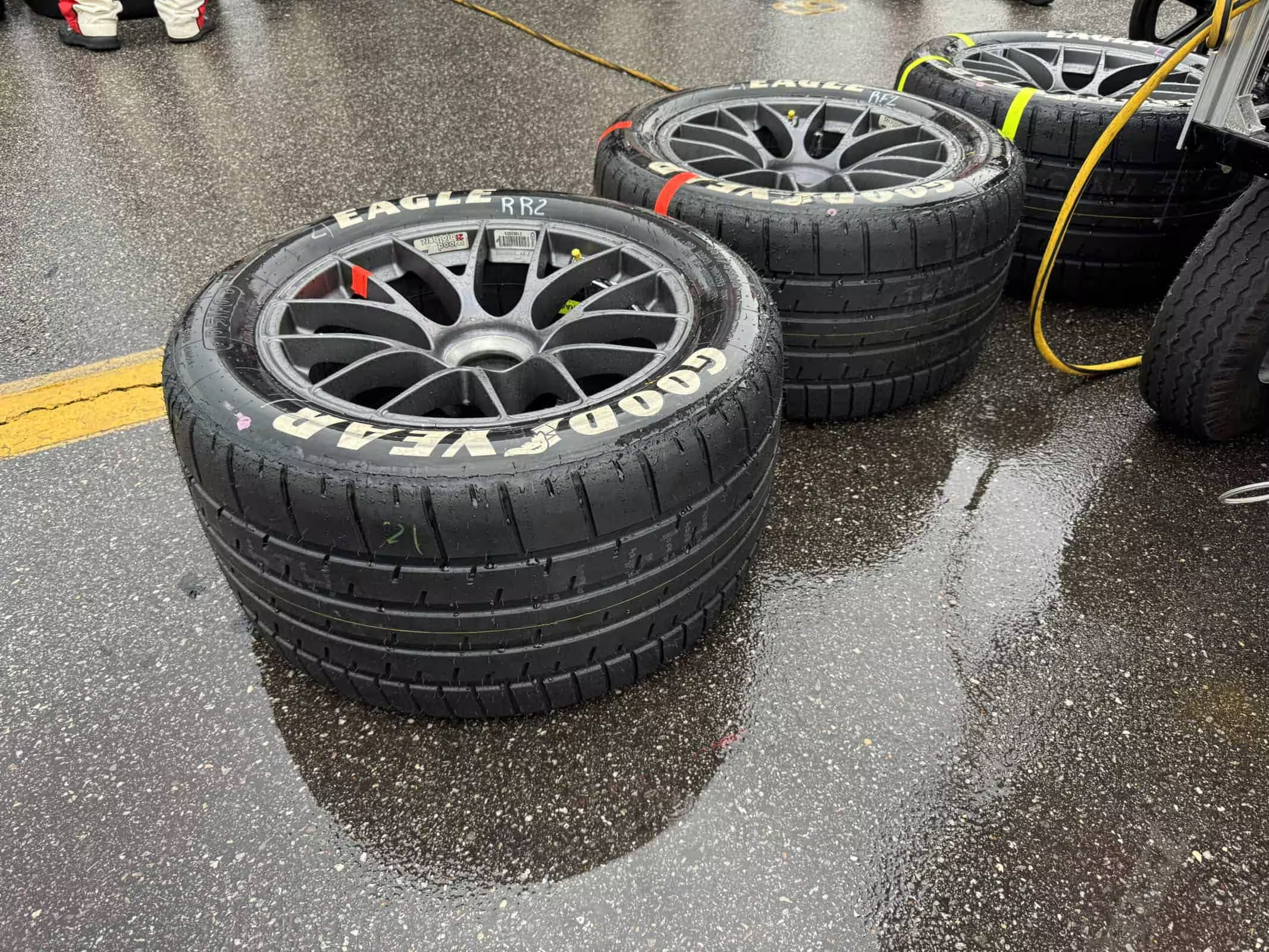NASCAR and rain have a very turbulent relationship, especially in recent years. If you’re in the midst of a drought, let NASCAR put on a race there — it’ll rain for a week.
Rain has already interfered with three NASCAR Cup Series races this year, along with a couple NASCAR Xfinity and NASCAR Craftsman Truck series events. Myriad practice and qualifying sessions across all three series have been halted, postponed or canceled due to weather.
Recently, NASCAR has developed a rain tire to run on road courses, and if you neglect races that probably should have been halted altogether (ex.: the 2020 Charlotte Motor Speedway ROVAL Xfinity race), the tire has served its purpose in letting drivers race on tracks that aren’t dry completely, if at all.
Fortunately, NASCAR furthered those measures by introducing a rain tire to run exclusively on short, flat tracks (Martinsville Speedway, Richmond Raceway, Iowa Speedway, New Hampshire Motor Speedway, etc.). While the tire — commonly dubbed a wet-weather tire rather than a rain tire — can run on damp tracks, it can’t operate on sopping wet tracks. Not only that, but anything beyond a light mist shuts down any chance at running the oval wet-weather tire.
We finally got to see the wet-weather tire earlier this year at Richmond Raceway, as Cup teams were instructed to start the race on them before eventually making a mandatory pit stop to put on slicks. However, they weren’t seen prominently again until New Hampshire last weekend.
The Xfinity Series started its race on on wet-weather tires before a mandatory caution flew within 15 laps to change back to slicks for the remainder of the event. The Cup Series ran its final 81 laps on the tires following a lengthy delay.
On lap 220, NASCAR red-flagged the race due to weather in the area. The key phrase is “in the area.” This is where the frustration started for many.
There was no immediate weather aside from a light sprinkle for around 25 minutes following the red flag. Was the track wet? Absolutely. But based on the conditions, it was a perfect time to slap on the wet-weather tires and continue racing until the rain hit or lightning came within eight miles of the track.
Instead, NASCAR decided to park the cars on pit road with a wait-and-see approach. Instead of throwing on the wet-weather tires that were so highly publicized throughout the entire weekend, NASCAR opted to take the approach it normally would on other…
Click Here to Read the Full Original Article at …

